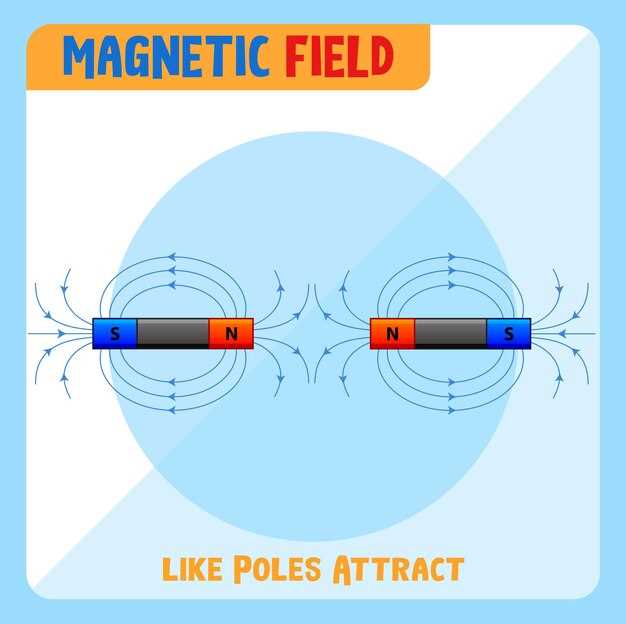
Understanding the Dynamics

Exploring the nuances of pharmaceutical options, navigating between the characteristics and consequences, lays the groundwork for informed decisions on managing wellness.
Exploring Varied Responses
Individuals encounter diverse reactions, encountering a spectrum of outcomes that may range from mild adjustments to more pronounced adaptations.
1. Physical Manifestations: The bodily expressions of medication influence, from physiological shifts to observable changes.
- Physiological Adaptations: Recognizing the body’s responses, including alterations in energy levels, appetite, or sleep patterns.
- Sensory Transformations: Heightened awareness or dulled sensations can emerge as part of the medication journey.
2. Emotional Terrain: The emotional landscape undergoes shifts, impacting mood regulation and cognitive functions.
- Mood Fluctuations: Oscillations in emotional states, from elevated spirits to subdued dispositions, may arise.
- Cognitive Variations: Changes in thought processes, memory, or concentration may become noticeable.
3. Interactions and Contraindications: Navigating the interplay between medications and potential conflicts requires vigilance.
- Medication Synergies: Recognizing opportunities for medications to complement each other’s effects, enhancing therapeutic outcomes.
- Contradictory Responses: Awareness of possible clashes, where medications may counteract or intensify each other’s impacts.
Engaging in an open dialogue with healthcare providers facilitates an individualized approach, tailoring medication strategies to align with personal needs and aspirations.
Cymbalta Comparison: A Comprehensive Analysis
In this section, we delve into an insightful examination of the disparities between two leading medications, each offering a distinct approach to addressing similar concerns. Through meticulous evaluation and comparison, we aim to illuminate the nuanced differences and unique attributes inherent in these pharmaceutical options.
Exploring Mechanisms of Action

Effexor: This medication operates through mechanisms targeting neurotransmitter reuptake inhibition, fostering a delicate balance within the brain’s chemical milieu. Its modulatory effects on serotonin and norepinephrine pathways contribute to its therapeutic efficacy in managing various psychological conditions.
Cymbalta: Diverging from conventional methodologies, Cymbalta employs a multifaceted approach, integrating serotonin and norepinephrine reuptake inhibition with additional mechanisms influencing pain perception. This distinctive mechanism underpins its utility not only in mood disorders but also in mitigating neuropathic pain.
Evaluating Efficacy and Tolerability
Within the realm of psychiatric therapeutics, the pursuit of optimal efficacy coupled with tolerability remains paramount. While both medications demonstrate commendable efficacy in ameliorating symptoms associated with depression and anxiety, nuances in their tolerability profiles warrant careful consideration.
Effexor often garners praise for its efficacy, yet its propensity for side effects such as nausea and discontinuation syndrome may pose challenges for some individuals.
Cymbalta, on the other hand, distinguishes itself with a comparatively favorable tolerability profile, with reported side effects typically milder in nature. Its dual-action mechanism also confers benefits in managing comorbid conditions, presenting a compelling option for patients with diverse clinical presentations.

